The Ultimate Chewy Coconut Oil Chocolate Chip Cookies (1-Bowl Vegan Recipe)
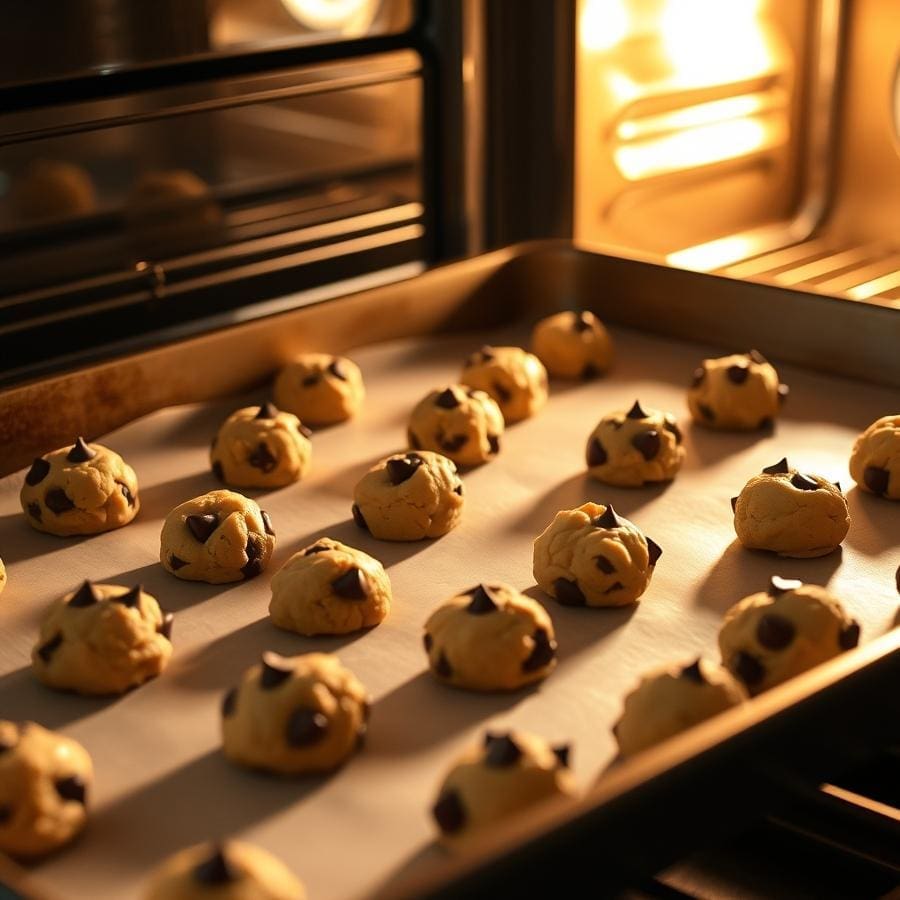
If you’re dreaming of a warm, thick, and impossibly chewy chocolate chip cookie that you can whip up in one bowl without any fancy equipment, you’ve come to the right place. This recipe ditches the butter in favor of coconut oil, resulting in a uniquely satisfying texture and rich flavor that will make you wonder why you ever baked them any other way.
Forget flax eggs, mixers, and complicated steps. This is your new, streamlined path to cookie perfection, delivering bakery-quality results with pantry-staple ingredients.
Whether you’re a seasoned vegan baker or just looking for a reliable dairy-free treat, these cookies are a game-changer.
- Why You’ll Adore These One-Bowl Coconut Oil Cookies
- The Science Behind the Perfect Chew
- Your Ingredient Checklist and Smart Substitutions
- A Simple Step-by-Step Guide to Perfect Cookies
- Pro Tips from the Test Kitchen
- How to Store, Freeze, and Make Dough Ahead
- Your Cookie Questions Answered (FAQ & Troubleshooting)
- Conclusion
Why You’ll Adore These One-Bowl Coconut Oil Cookies
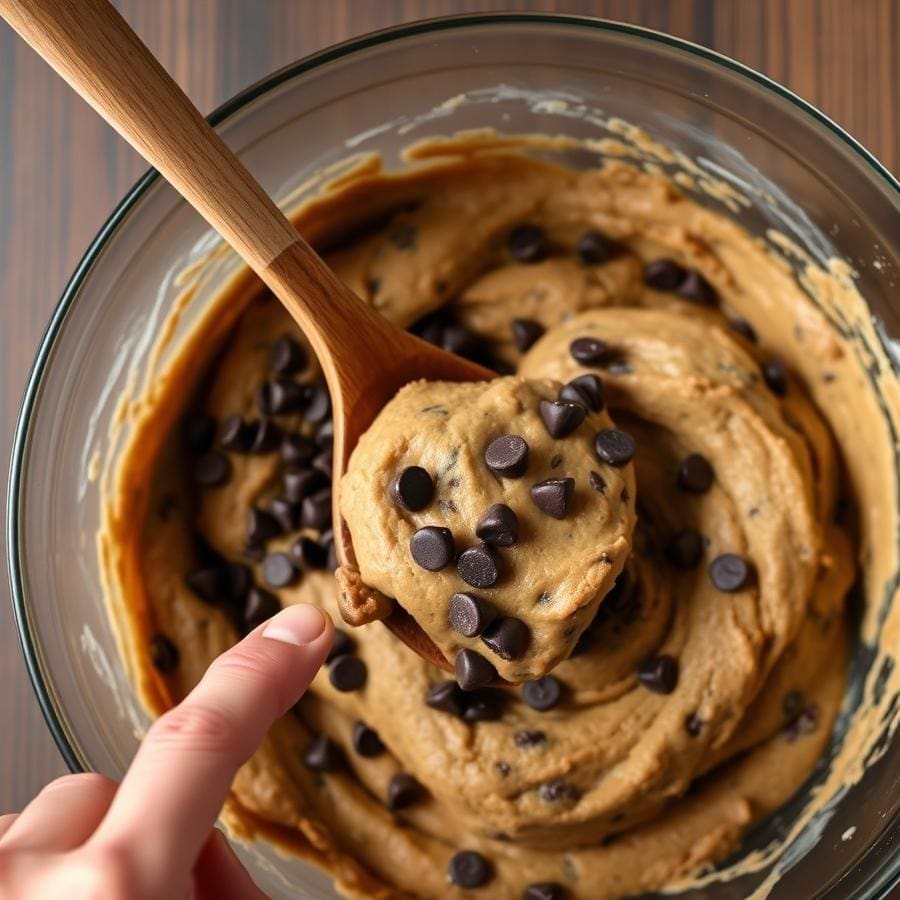
This recipe isn’t just simple; it’s practically magical. It solves the most common cookie cravings with minimal effort and maximum reward.
Here’s why you’ll find yourself making these again and again:
- One-Bowl Wonder: All you need is one large bowl and a whisk. No stand mixer, no hand mixer, and no separate bowls for wet and dry ingredients means cleanup is an absolute breeze.
- Impossibly Chewy & Soft: Thanks to a few key ingredient choices, these cookies have a dense, chewy texture that rivals any traditional bakery cookie. They stay soft for days!
- No Butter, No Problem: Coconut oil creates a wonderfully rich and satisfying cookie without any dairy. It’s the perfect solution for vegan or dairy-free bakers.
- Quick and Convenient: With no need to soften butter or prepare flax eggs, you can go from craving to warm cookies in about 20 minutes. If you love fast vegan desserts, our 5-minute vegan Oreo mug cheesecake is another must-try.
The Science Behind the Perfect Chew

The incredible texture of these cookies isn’t accidental; it’s the result of simple food science. Understanding why these ingredients work together will empower you to be a better baker.
- Melted Coconut Oil for Chewiness: Unlike solid fats like butter or creamed coconut oil, which incorporate air into the dough for a cakey, airy texture, melted fat coats the flour proteins. This process inhibits gluten development, leading to a denser, fudgier, and chewier final product. Research from baking experts at King Arthur Baking confirms that melted fats are a primary contributor to a cookie’s chew.
- Cornstarch for Softness & Thickness: Cornstarch is a pure starch that interferes with gluten formation, acting as a tenderizer. According to food science fundamentals, adding a small amount of cornstarch to a cookie recipe results in a softer, thicker crumb that is less prone to spreading. It’s the secret to that bakery-style soft-baked texture.
- Brown Sugar for Moisture: Brown sugar is naturally hygroscopic, meaning it attracts and holds onto moisture. This is due to the molasses content. Using a higher ratio of brown sugar to white sugar (in this case, all brown sugar) is a classic technique for ensuring a moist, chewy cookie that won’t dry out quickly, a concept explored in-depth by Serious Eats.
Your Ingredient Checklist and Smart Substitutions
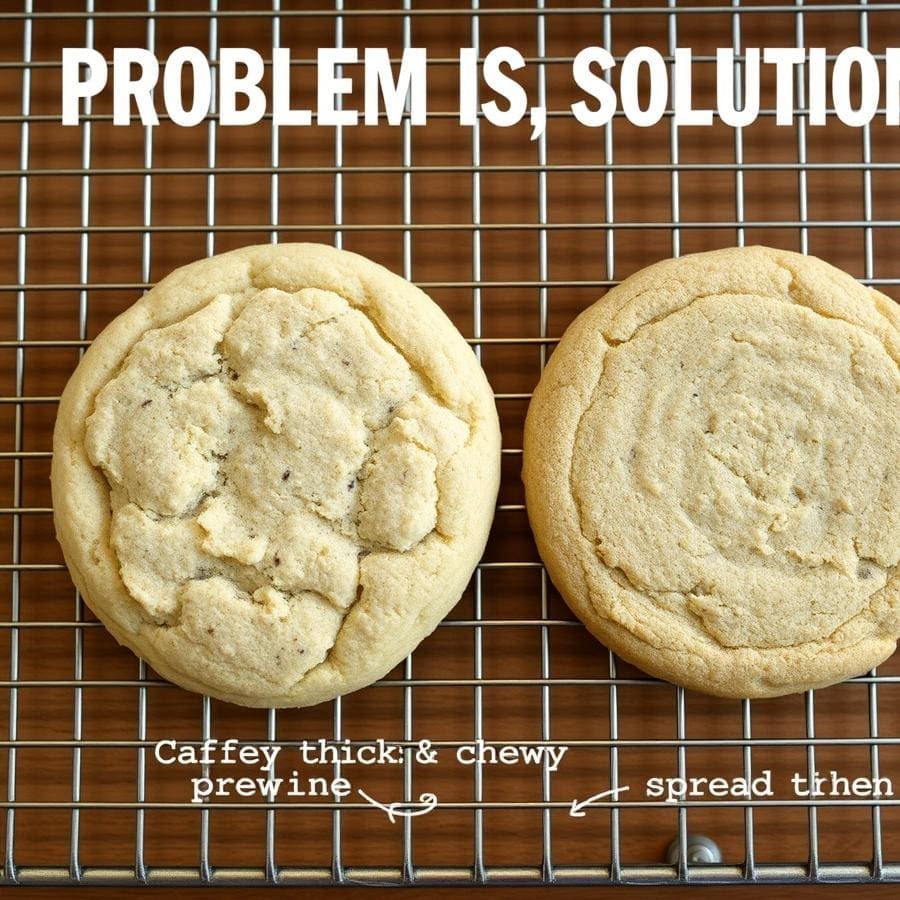
This recipe uses simple, accessible ingredients. Here’s what you’ll need and why, along with some smart substitution options.
- Refined Coconut Oil: Use refined for a neutral taste. If you enjoy a subtle coconut flavor, unrefined (virgin) coconut oil works perfectly.
- Substitution: Melted vegan butter or a neutral oil like canola will also work.
- Brown Sugar: Light or dark brown sugar can be used. Dark brown sugar will yield a slightly richer, more molasses-forward flavor.
- Soy Milk: Adds moisture and helps bind the dough.
- Substitution: Any unsweetened non-dairy milk like almond, oat, or cashew milk will work just fine.
- All-Purpose Flour: Provides the structure for the cookie. Be sure to measure it correctly by spooning it into the measuring cup and leveling it off.
- Cornstarch: Our secret ingredient for a soft, thick cookie.
- Substitution: Arrowroot starch or tapioca starch can be used in a pinch.
- Baking Soda & Salt: Baking soda provides the lift, and salt enhances all the other flavors, balancing the sweetness.
- Non-Dairy Chocolate Chips: Use your favorite brand of vegan chocolate chips or chunks.
A Simple Step-by-Step Guide to Perfect Cookies
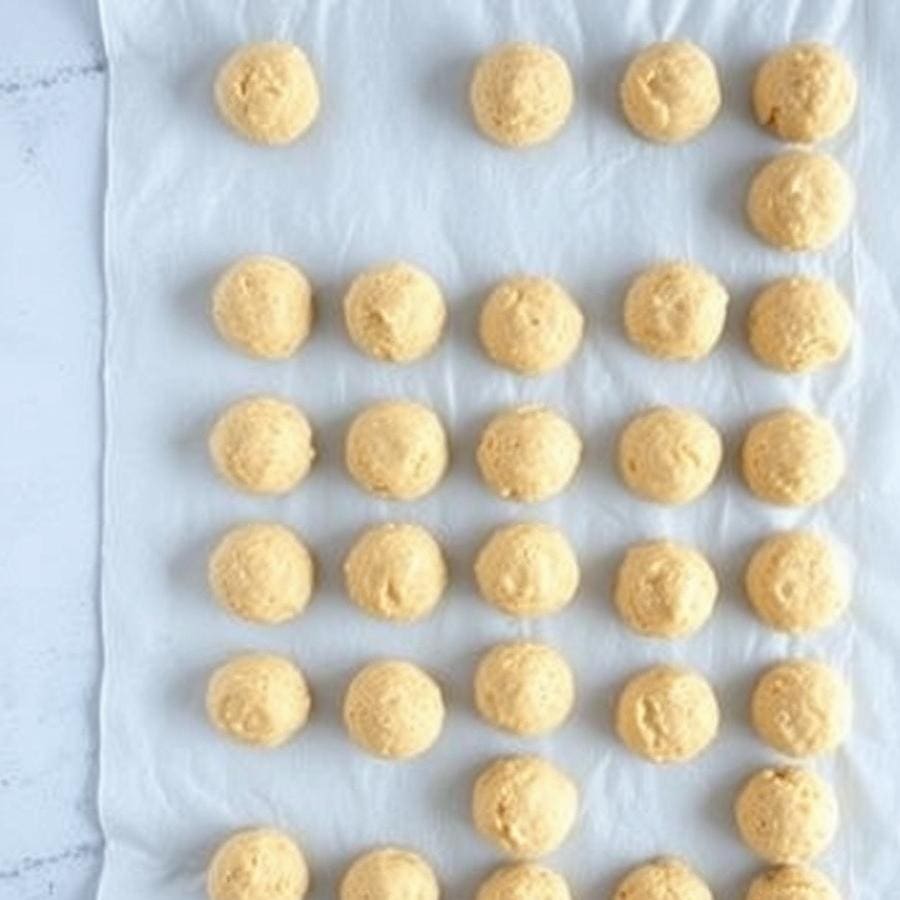
Follow these simple steps for foolproof cookies every time. Remember, the key is to not overmix the dough once the flour is added.
- Preheat and Prep: Begin by preheating your oven to 350°F (175°C) and lining two baking sheets with parchment paper. This prevents sticking and makes for easy cleanup.
- Melt the Coconut Oil: Measure your coconut oil in its solid state, then melt it in the microwave until it’s completely liquid and warm. Ensure you have exactly 2/3 cup of melted oil.
- Combine Wet Ingredients: In a large mixing bowl, whisk together the warm melted coconut oil and the brown sugar until fully combined. The warmth from the oil will help the sugar dissolve slightly. Now, whisk in the soy milk and vanilla extract until the mixture is smooth and glossy, resembling a thick caramel sauce.
- Add Dry Ingredients: Add the all-purpose flour, cornstarch, baking soda, and salt directly to the wet ingredients in the bowl. Switch to a spatula or wooden spoon and mix until just combined. A few streaks of flour are okay. Overmixing at this stage can lead to tough cookies.
- Fold in Chocolate Chips: Gently fold in your non-dairy chocolate chips until they are evenly distributed throughout the dough.
- Scoop and Bake: Roll the dough into balls of about 1.5 tablespoons each. Place them a few inches apart on your prepared baking sheets. Bake for 9-11 minutes. The cookies will look soft and slightly underdone in the center. This is the secret to a chewy final product!
- Cool and Firm Up: Let the cookies cool on the baking sheet for at least 10 minutes. They will firm up significantly during this time. Afterward, transfer them to a wire rack to cool completely.
Pro Tips from the Test Kitchen

Want to take your cookies from great to absolutely spectacular? These professional tips make all the difference.
- Measure Flour Correctly: The most common baking mistake is adding too much flour. Instead of scooping directly from the bag, use a spoon to fluff up the flour and then lightly spoon it into your measuring cup. Level it off with the back of a knife. This prevents dense, dry cookies.
- Don’t Overbake: The golden rule for chewy cookies is to pull them from the oven when they look slightly puffy and underdone in the very center. They will finish baking from the residual heat of the pan, setting up to the perfect chewy texture as they cool.
- For Thicker Cookies, Chill the Dough: While this recipe is designed to work without chilling, if you want extra thick cookies with a more intense flavor, cover the bowl and chill the dough for at least 30 minutes or up to 24 hours. A longer chill time allows the flour to hydrate more fully, resulting in a deeper flavor and less spread.
- Bang the Pan: For those coveted wrinkled, chewy edges, try this trick: about two-thirds of the way through baking, open the oven and carefully lift the baking sheet a few inches, then drop it back onto the rack. This causes the puffy center to collapse, creating a fudgier texture. Do this once or twice for great results.
How to Store, Freeze, and Make Dough Ahead
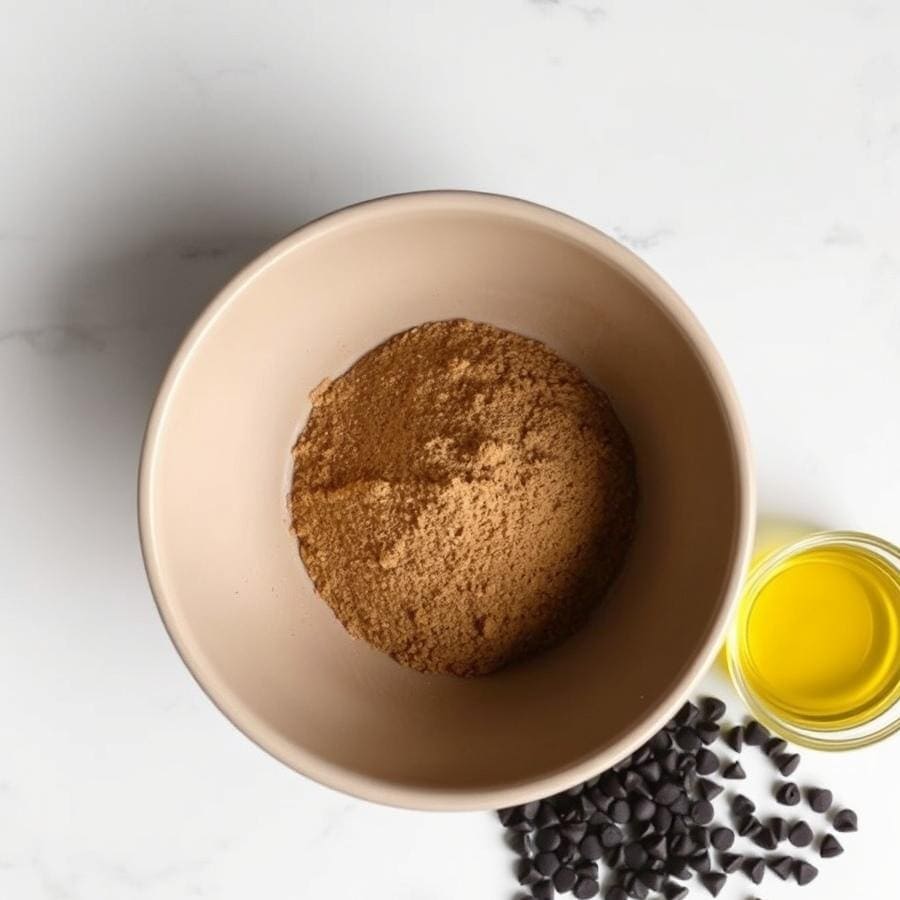
Proper storage keeps your cookies tasting fresh and chewy. You can also prepare the dough in advance for cookies on demand.
- On the Counter: Store baked cookies in an airtight container at room temperature for up to 5 days. For extra softness, add a small piece of bread to the container; it will absorb excess air and keep the cookies moist.
- Freezing Baked Cookies: Place completely cooled cookies in a single layer on a baking sheet and freeze until solid. Transfer them to a zip-top freezer bag or airtight container. They will keep for up to 3 months. Thaw at room temperature or warm briefly in the microwave.
- Freezing Raw Dough: Scoop the cookie dough into balls and place them on a parchment-lined baking sheet. Freeze until solid, then transfer the frozen dough balls to a freezer bag. You can bake them directly from frozen; just add 2-3 minutes to the baking time. This is the perfect method for having fresh-baked cookies ready at a moment’s notice.
Your Cookie Questions Answered (FAQ & Troubleshooting)
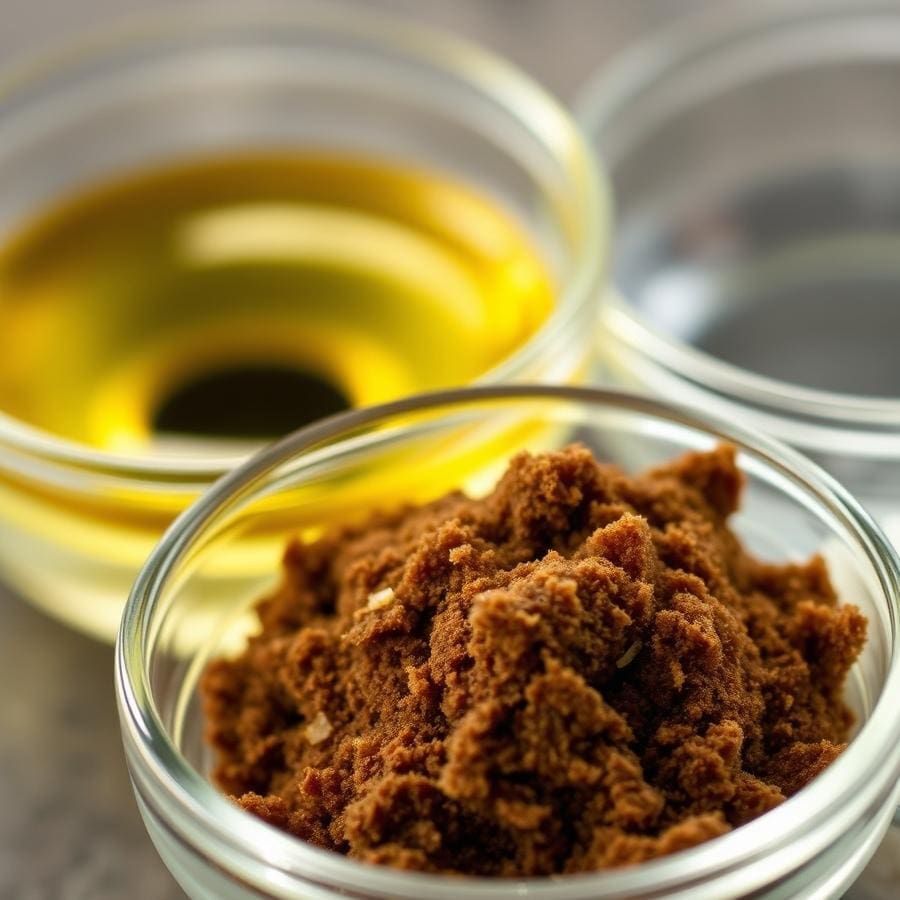
Have a question? You’re probably not alone. Here are answers to the most common queries and troubleshooting tips to ensure your cookies turn out perfectly every time.
Why did my cookies spread and become too flat?
This is the most common cookie conundrum! It usually happens for one of two reasons. First, your coconut oil may have been too hot when you mixed it with the sugar. It should be melted and warm, but not scorching hot. Second, you may have measured your flour incorrectly. Scooping flour directly from the bag compacts it, leading to less flour in the dough than required. Always use the spoon and level method.
Can I make this recipe gluten-free?
While not tested with this specific recipe, you can often successfully substitute a high-quality, all-purpose gluten-free flour blend that contains xanthan gum. The texture may be slightly different, but it should work well.
Do I have to use cornstarch?
The cornstarch is highly recommended for the ideal soft and thick texture. However, if you don’t have it, you can substitute it with an equal amount of arrowroot powder or tapioca starch. In a real pinch, you can replace it with two additional tablespoons of all-purpose flour, though the cookies may be slightly less tender.
Will my cookies taste like coconut?
They won’t if you use refined coconut oil, which has been processed to have a completely neutral flavor and aroma. If you use unrefined (or virgin) coconut oil, you will have a noticeable but pleasant coconut flavor in the finished cookies.
Is it okay to use a different type of sugar?
This recipe relies on brown sugar for its moisture and chew. Using granulated white sugar will result in a crisper, flatter cookie. For best results, stick with brown sugar.
Conclusion
There you have it—a simple, reliable recipe for irresistibly chewy and decadent chocolate chip cookies, made completely vegan and without any butter. By understanding the science behind each ingredient, from the chew-inducing power of melted coconut oil to the tenderizing magic of cornstarch, you’re not just following a recipe; you’re mastering a technique.
I hope these become your new go-to for satisfying a cookie craving in the simplest, most delicious way possible. Happy baking!
If you enjoyed this simple approach to baking, be sure to try our melt-in-your-mouth vegan lemon shortbread cookies next!
